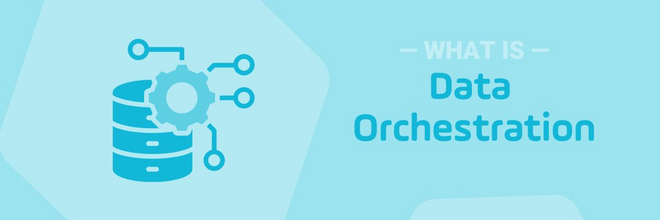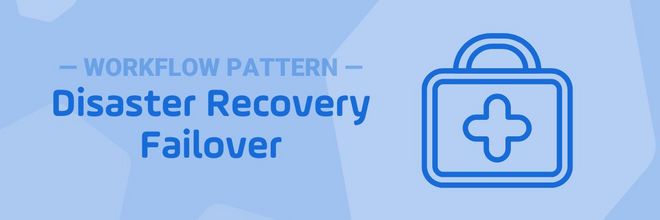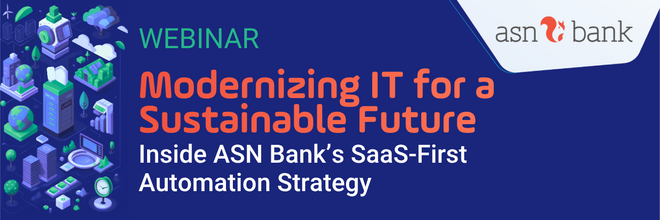Success Story
United Fire Group: Enabling Self-Service Automation that's Agile and Secure (Video Demonstration)
UFG boosts security, agility, and functionality by centralizing automation across their hybrid IT infrastructure. Watch the video to learn how.
Background
United Fire Group (UFG) is a successful multibillion-dollar insurance company headquartered in Cedar Rapids, Iowa. Publicly traded on the Nasdaq under UFCS, UFG provides property and casualty protection to thousands of policyholders throughout the United States.
Challenges
As UFG modernized its IT infrastructure, the company recognized a need for a centralized IT automation solution to support its increasingly complex hybrid IT environment.
“We wanted a centralized, modern automation technology to pull everything together so we can see what's happening in our heterogeneous environment — a solution that works cross-platform and fulfills our high-security requirements.”
UFG needed to:
- Centrally control all automated jobs and workflows across their hybrid IT environment
- Consolidate multiple scheduling tools into a single workload automation and orchestration platform
- Democratize automation capabilities to enable automation-as-a-service to end-users outside of the central IT automation group
- DevOps-enabled promotion between dev, test, and production environments
The IT team sought a platform that could automate their Windows servers and Unisys mainframe, as well as both Windows PCs and Macs (to start). They also required a solution that could execute a variety of tasks, including PowerShell, batch scripts, SQL stored procedures/SSIS packages, BODS/Cognos, Visual Basic scripts, and FTP/SFTP (mainframe and third-party).
Solution
United Fire Group selected the Stonebranch Universal Automation Center (UAC), a modern IT orchestration and automation platform. Solution modules include Universal Controller and Universal Agent, plus Universal Data Mover for managed file transfers across their hybrid IT environments.
Empowering End-Users with Self-Service Automation
In this video success story, Michael Ohl, IT Team Lead for UFG, provides a demo of his team's UAC environment and discusses how they use UAC to:
- Make automation capabilities available to the broader business for self-service automation
- Support a comprehensive set of teams including DevOps, data, operations, HR, and digital teams, as well as other business users
- Create and manage groups, roles, and permissions within UAC business services
- Grant or restrict access for end-users within the organization
- Apply specific security protocols to enable use or prevent misuse, both within the UAC environment and across third-party systems (production, test/QA, dev, etc.)
Start Your Automation Initiative Now
Schedule a Live Demo with a Stonebranch Solution Expert







